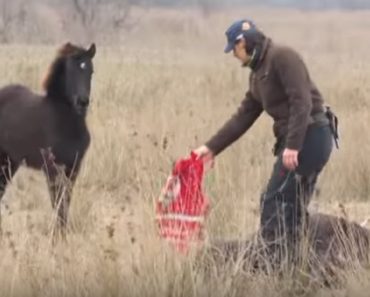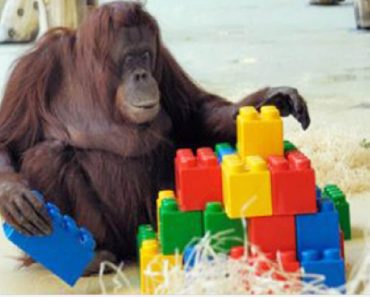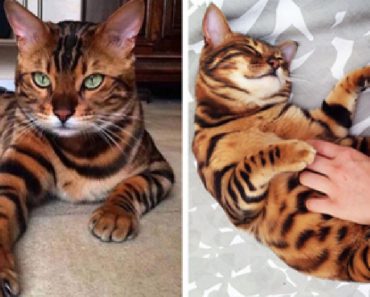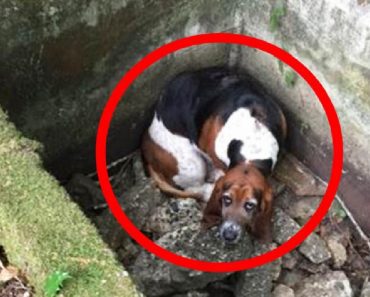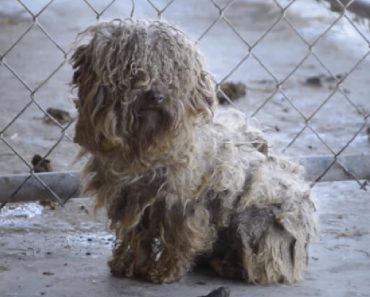You may not have heard of most of these amazing animals, but you will most likely adore their babies and be inspired to learn more about them. Our planet is filled with so many wonderful, beautiful creatures, and while it’s a shame that we still haven’t met them all, it does leave a bit of mystery…
1. Baby Bongo
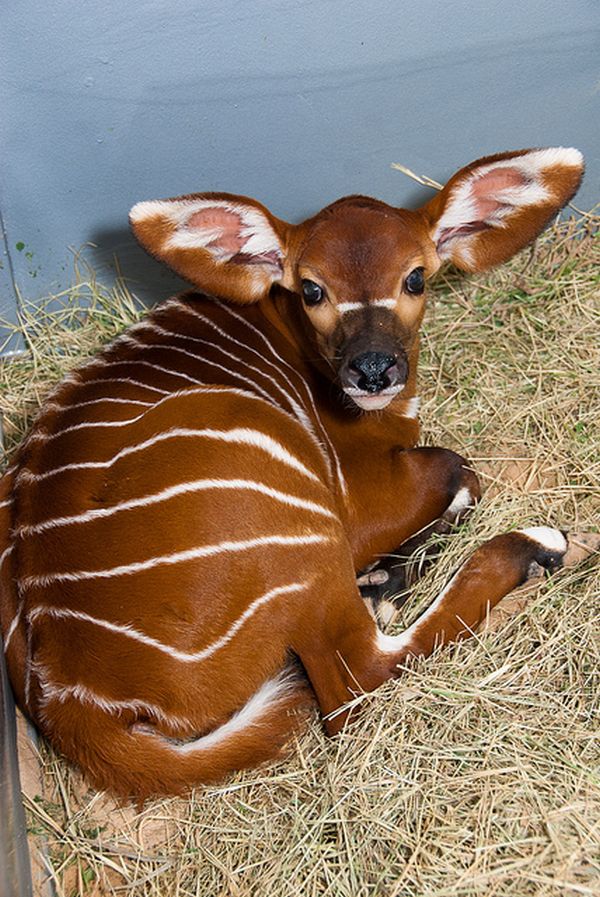
Bongos look like a cross between a cow and a deer, but are actually antelopes, and one of Africa’s largest! These nocturnal animals make their homes in the forest are known for their striking red, striped coats and long horns. Unlike deer and other animals that shed their horns, Bongos keep theirs throughout their entire lives.
zooborns.com
2. Baby Babirusa
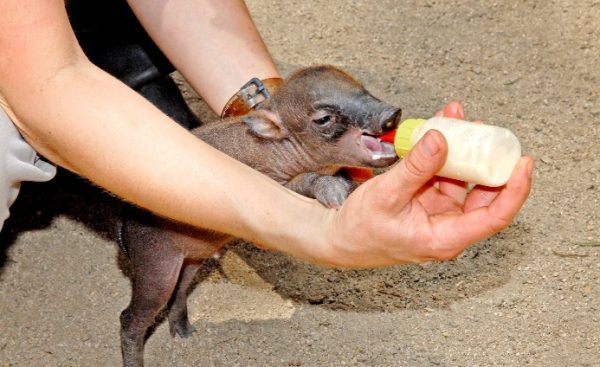
This adorable little guy is part of the pig family, though he’s not one you’re likely to find on any farm! Babirusas are found throughout the Indonesian Islands, and adults grow very long, distinctive trunks. While males are solitary, females travel in groups of up to eight. Girl power!
Los Angeles Zoo and Botanical Gardens
3. Baby Golden Brushtail Possum
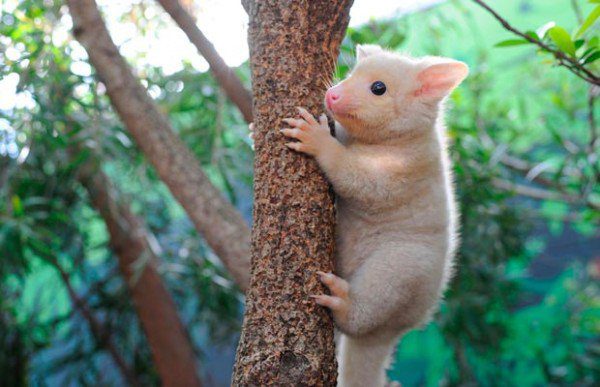
These possums get their natural golden color due to a rare genetic mutation. Though it makes the Australian marsupials a bit more conspicious in the wild, they certainly are beautiful. Brushtail possums are the second largest of all possums and are one of the few that can survive and thrive in cities as well as in the wild.
4. Baby Binturong
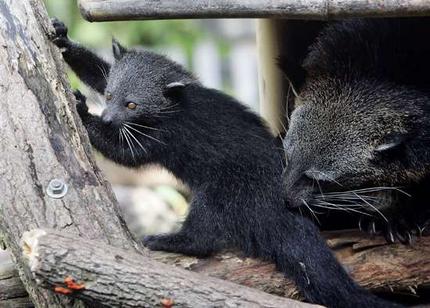
These tree-dwelling critters are called “bearcats” due to their bear-like appearances, but they are not bears, nor are they cats, although they are about the size of a house cat and use their long claws to climb trees. Binturongs are omnivorous animals native to the rainforests of Asia.
AP
5. Baby Skate
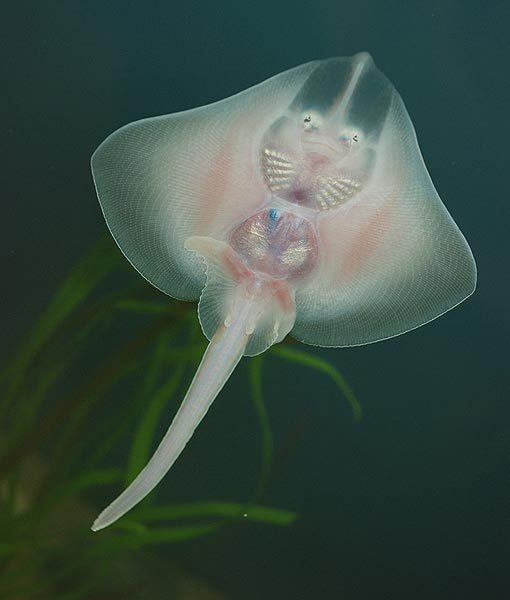
Skates are saltwater fish that are closely related to sharks, with cartilage instead of bone. They belong in the superorder Batoidea of rays, though there are fundemental differences between them and stingrays; Skates have distinct dorsal fins, small teeth, and prefer shallow waters.
pawnation.com
6. Baby Potto
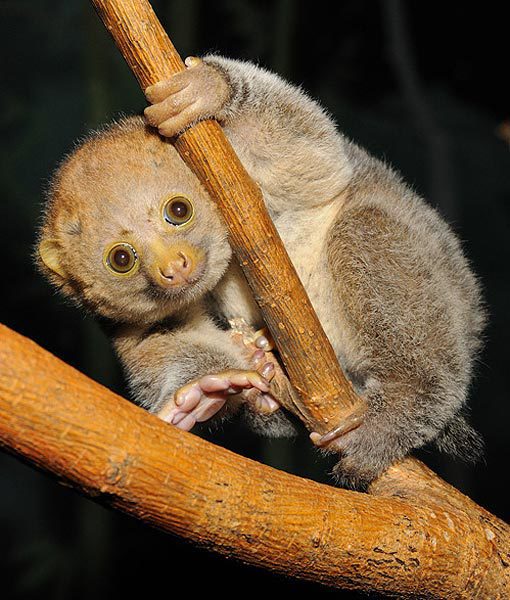
Pottos are skilled tree climbers that are found in the rainforests of Africa. Also known as Bosman’s potto and “softly-softly,” they have thick wool fur coats and opposable thumbs that they use to grasp branches. Like sloths, they move slowly and carefully through the trees, and eat mostly fruit and insects.
zooborns.com
7. Baby Sugar Gliders
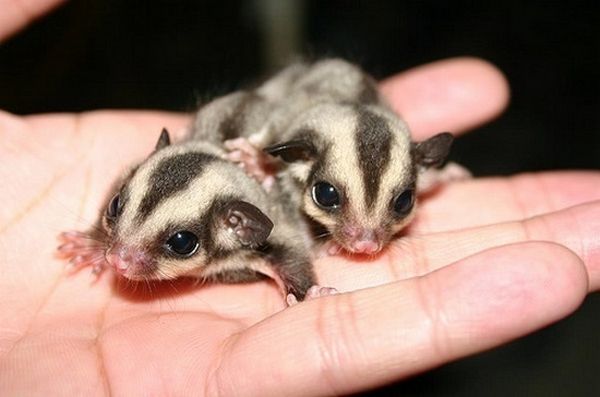
Similar to flying squirrels (though not closely related), the ominovorus, nocturnal sugar sliders are found in Australia and like kangaroos, are marsupials. They enjoy eating mealworms and nectar-filled foods.
Chaos Sloth
8. Baby Numbat
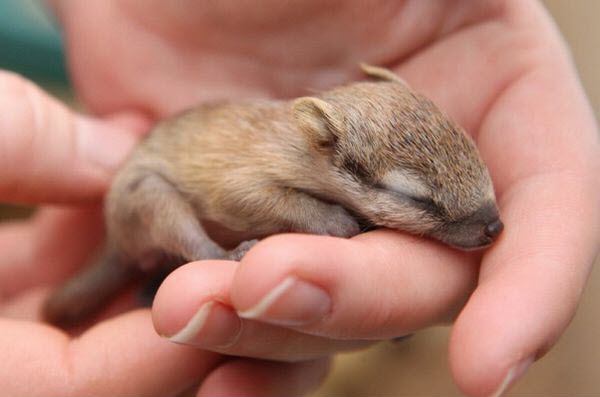
Numbats are Australian marsupials that, as babies, are so tiny that they can easily fit in a human’s hand. They’re listed as an endangered species, but because they are an emblem of Western Australia, they are protected by conservation programs. A numbat’s diet consists almost exclusively of termites (yum!)
Perth Zoo
9. Baby Jerboa
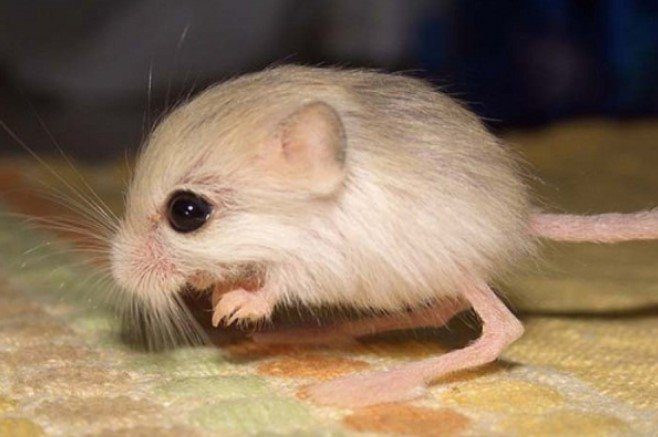
Jerboas may have tiny ears as babies, but as they reach adulthood, their ears become big and Dumbo-like. These hopping desert rodents are found throughout Northern Africa and east Asia, and have excellent hearing which helps them avoid predators.
cuteoverload.com
10. Baby Chevrotain
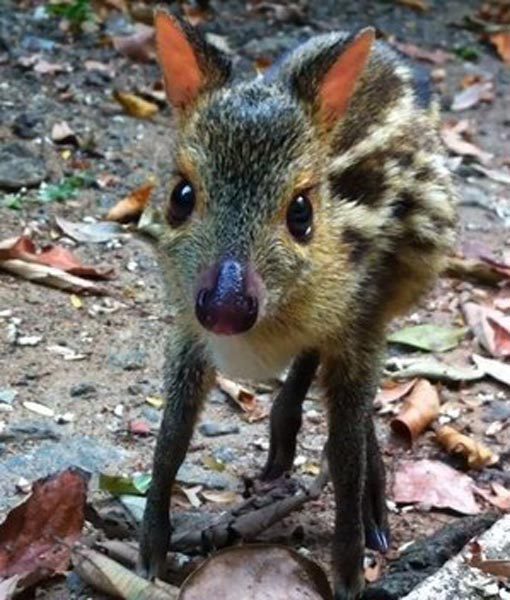
Native to Southeast Asia, these cute little guys (also known as mouse-deers) look a bit like fawns, but may be more closely related to pigs. Several species of Chevrotain are known only from their fossils.
Chaos Sloth
11. Baby Gundi
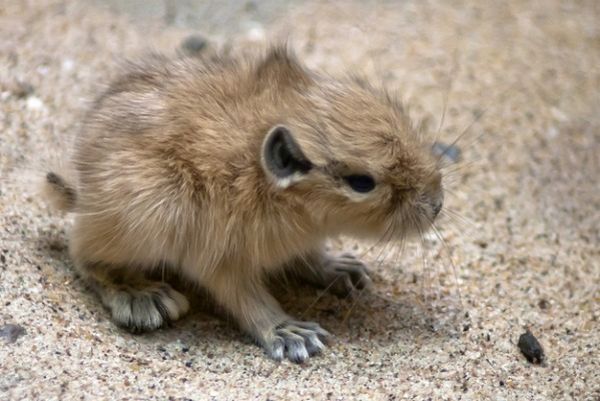
Gundis are stocky rodents found throughout the continent of Africa, and their babies are especially adorable. First discovered in 1774 by naturalists from the West, Gundis have only four toes on all feet, short tails, and eat almost every type of plant.
Chaos Sloth
12. Baby Agouti
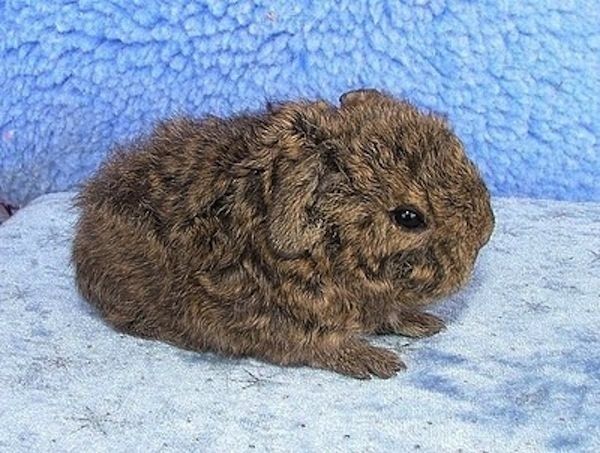
These South American rodents look a lot like hamsters, and are one of the only animals that can open a Brazil nut without using any tools. Agoutis vary in color but all have coarse hair that they raise when alarmed. Mother Agoutis give birth to litters of two or four babies after only three months of gestation.
Chaos Sloth
13. Baby Camel
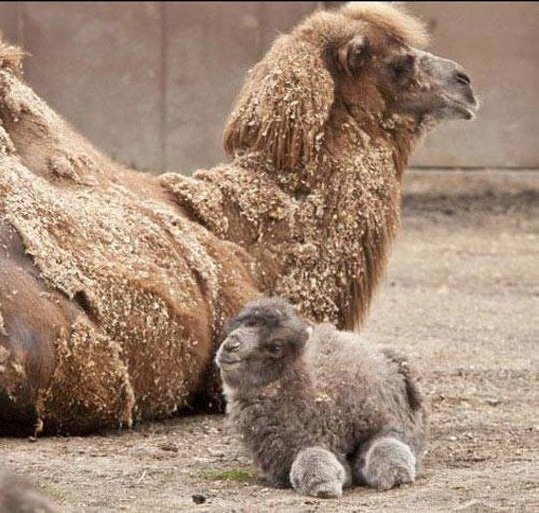
We all know what a camel is, but how often have you seen their babies? Contrary to popular belief, camels don’t store water in their humps like a tank; Camel humps are full of mostly food reserves consisting of fat. Camels minimize their water loss in other ways, but they definitely need it to survive!
Which one is your favorite? Start a conversation by pressing the “Share” button!


